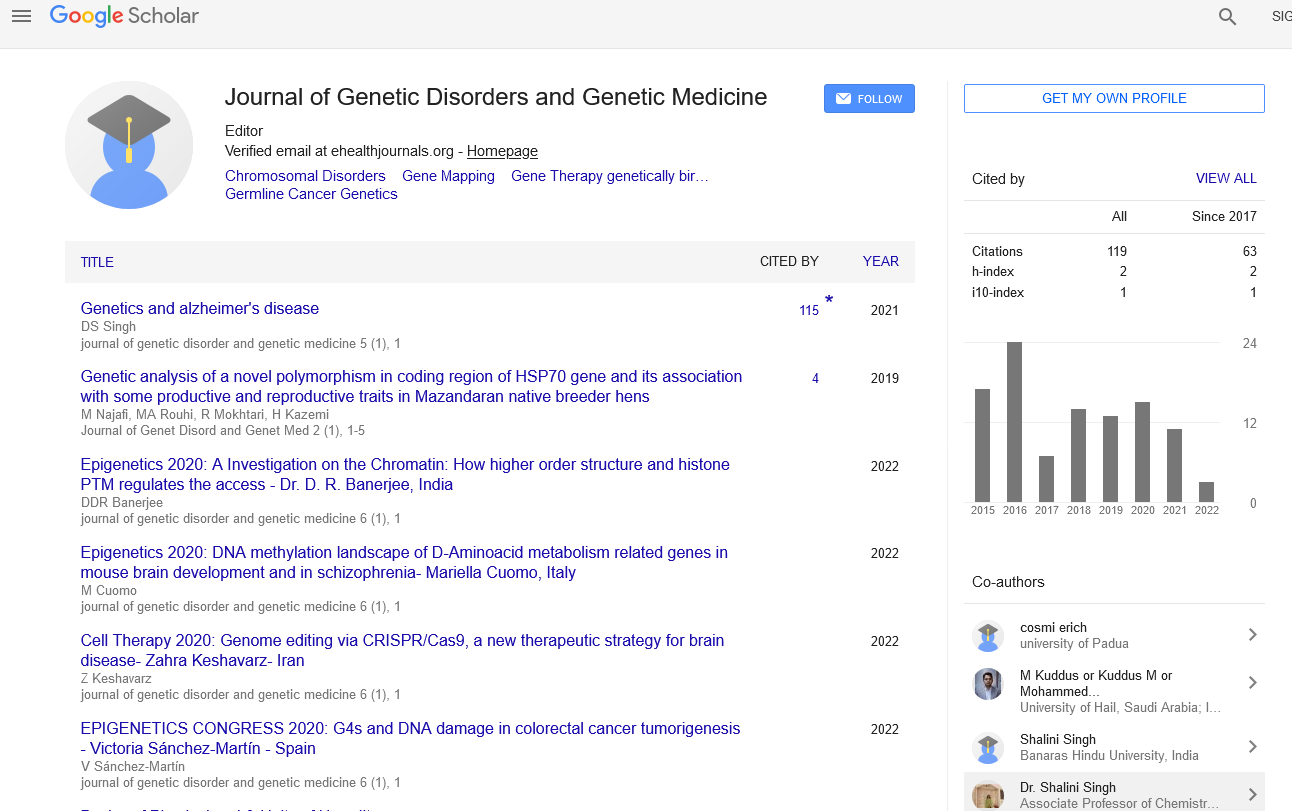
Sign up for email alert when new content gets added: Sign up
Abstract
Recognising the risk of endometriosis using machine learning and Deep Learning techniques
Author(s): Visalaxi.S, Sudalaimuthu.TEndometriosis is a disorder that affects women of fertility age group. The endometriosis is a recursive problem that affects the women mentally and physically. A lesion-like structure in the uterus that comes out for every periodical cycle. If the lesion does not shed out and it spreads across multiple regions then it leads to endometriosis. There exist various stages of endometriosis based on the location and severity of endometriosis. That includes a) Mild endometriosis along the uterus, b) Moderate endometriosis (Ovarian endometriosis), c) Severe endometriosis (Peritoneum endometriosis), and d) Deep infiltrating endometriosis. The methods for predicting endometriosis includes transvaginal ultra sound, Magnetic resonance imaging, CT scan and Laparoscopic procedures. The laparoscopic procedure is the standardised procedure used by medical practioner for identifying the exact location of endometriosis. Along with medical practioner, Artificial intelligence plays a major role in recognition of various medical problems. Machine learning and Deep learning are the two branches of artificial intelligence used for recognition. The deep learning algorithm “Convolution neural network and their architectures” analyse various medical images for prediction of diseases. The CNN architectures outperforms well for recognising endometriosis using laparoscopic images [1,2].The various architectures of CNN includes resnet50, VGG16. Here ResNet50 performs well for predicting the lesion as endometriosis or not using laparoscopic images. Based on the prediction, the external and internal factors associated with endometriosis were identified [3]. The external factors include severe abdominal pain, pelvic pressure, uterine bleeding etc. The internal factors includes adnexal mass, lesion size and lesion colour from the laparoscopic images. These factors were analysed for prediction of endometriosis. To identify the exact location, segmentation was involved. The deep learning technique known as UNet was used for segmenting the endometriosis as ovarian endometriosis, peritoneum endometriosis, and deep infiltrating endometriosis [4].




